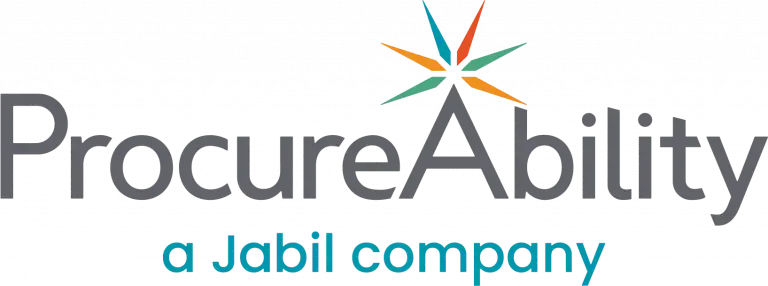
In today’s complex and interconnected business environment, competition is no longer the only driver of success. Increasingly, collaboration between competitors, known as coopetition, is emerging as a smart strategy for building more resilient, efficient, and adaptive supply chains.
Coopetition combines the strengths of competitors to pursue shared goals, whether that’s stabilizing supply, driving innovation, or responding to market disruptions. While it may seem counterintuitive, this strategic approach is gaining traction across industries, particularly in procurement and supply chain management.
What Is Coopetition in Procurement?
Coopetition is the practice of cooperating with competitors to achieve mutual benefits. In the creative economy, content creators often collaborate to amplify their brand reach. In the business world, procurement teams are using coopetition to address supply constraints, optimize resources, and unlock new sources of value.
By sharing insights, coordinating supply needs, or even aligning on logistics, procurement organizations can mitigate risk while promoting innovation and operational agility.
Why Coopetition Matters More Than Ever
In times of disruption, whether due to geopolitical shifts, natural disasters, or demand volatility, collaboration across the supply ecosystem becomes essential. Coopetition allows companies to work together when the stakes are high and supply chains are fragile. Consider these real-world examples of coopetition in action:
- Hospitals and healthcare systems sharing data to allocate limited medical supplies more effectively
- Pharmaceutical companies jointly manufacturing vaccines or treatments to accelerate delivery
- Food producers and distributors prioritizing shipments based on need rather than price
- Logistics providers pooling capacity to ensure timely delivery during surges in demand
- Technology firms jointly investing in platforms or infrastructure to standardize and streamline operations
These are powerful reminders that procurement collaboration doesn’t just protect business outcomes; it can serve the greater good.
How Procurement Can Lead Coopetition Strategies
Procurement is uniquely positioned to foster coopetition due to its end-to-end visibility across supplier ecosystems, market intelligence, and longstanding supplier relationships. To implement coopetition effectively, start by categorizing your suppliers into two groups:
- Complementors: It benefits suppliers to serve multiple organizations simultaneously. Example: Suppliers managed by Group Purchasing Organizations (GPOs).
- Competitors: Suppliers may favor working exclusively with the most lucrative buyer. Example: Suppliers allocating limited inventory to the highest bidder.
Some suppliers may fall into both categories, such as Microsoft and Intel, who are both partners and competitors in certain markets.
Where to Look for Collaborative Procurement Opportunities
Once supplier types are identified, pinpoint opportunities where coopetition can drive mutual value:
If Supplier A has surplus raw materials, could they supply Supplier B to help fulfill an urgent order? If Supplier C faces capacity issues, can another supplier in your network step in temporarily? Are there chances to jointly contract logistics or share data across competitor organizations to drive efficiency?
These scenarios demonstrate the potential of collaborative sourcing to reduce bottlenecks and create shared wins across the supply chain.
The Value of Coopetition for Procurement Leaders
While working with competitors might seem risky, coopetition in procurement is a forward-thinking strategy to build resilience, manage volatility, and ensure continuity. As procurement leaders, your ability to orchestrate supplier collaboration, even across competing businesses, can minimize supply chain disruptions, optimize resource allocation and inventory, enhance visibility and responsiveness, and deepen strategic supplier relationships
Above all, coopetition reinforces procurement’s role as a value creator, not just a cost controller. It requires trust, transparency, and thoughtful governance, but the rewards are often far greater than going it alone. For procurement organizations looking to lead with resilience and innovation, coopetition is a powerful tool to enhance agility, reduce risk, and drive shared success.



